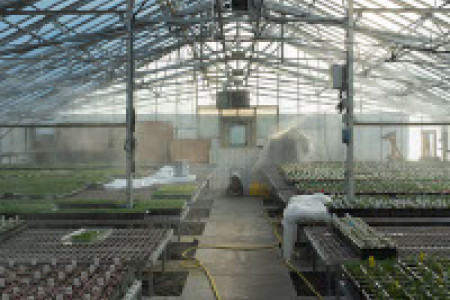#artists and #archives over #algorithms
Instagram a platform for business, archives and community
As communication and technology change, artists are adapting to new venues for exhibiting their art. Instagram is one such venue. It’s a popular picture-sharing platform that artists from different backgrounds see as a place for widely sharing art and building community.
Such venues have their own challenges, such as algorithms that prioritize different content for different people, and the values behind multibillion-dollar corporations.
“Cultural producers on social media would have to take into consideration the values (and) the identity of the platform when they’re thinking about how to best create content that’s going to get a wide reach on the platform,” Dr. Matthew Flisfeder, an assistant professor at University of Winnipeg, says.
Meg Quinn of @artbymoga says the algorithm doesn’t really affect her.
“But it’s tough to say, because I have such a large fellowship,” she adds. Quinn is a popular artist, boasting 185,000 followers. She uses Instagram as a platform to post comics.
She also uses it to sell prints and commissions of her work, but she admits that Instagram is “detrimental for finding customers both for (her) Etsy shop and custom commissions.”
“People follow for the comics, and then a small percentage of those choose to support my work by donation or buying products,” Quinn says.
“Things that have to be taken into consideration by cultural producers (include) ‘who is my audience,’” Flisfeder says. Creators “have to know something about the way that the platform operates and how the algorithm generates the audience that’s going to be present to the content that (they) produce.”
For Quinn, Instagram and a large audience are part of her business. For Briar Boyko, a local artist whose thesis led her to an interest in archives, Instagram is a “tool for creative research” and an “archive” of work that “culminate(s) in multi-medium installations.”
“The online, chronological archive that the Instagram platform generates was one of my initial inspirations,” Boyko says.
“My practice includes an interrogation into popular trends in posting ... as well as hashtags,” Boyko says. Though these are practices aligned with the participative nature of Instagram, Boyko’s use of the platform has nothing to do with audience participation.
“Social media was supposed to be this big, wonderful, democratic medium ... (but now social media platforms) are largely not for democracy. They are largely a revenue-generating mechanism for the people involved,” Flisfeder says.
For Boyko, Instagram is much more than an algorithm-driven, money-generating platform.
Instagram is “a step in my creative research that allows a free, open space to explore the themes I’m interested in,” Boyko says.
Boyko adds that Instagram is free and allows one’s artwork to reach a much larger audience than one can offline. For Quinn, connecting with communities is what makes the platform meaningful.
“There’s a huge sense of community, both between fellow creators and creators and their audiences,” Quinn says.
“The amount of control that you have via social media platforms, such as Instagram, makes it a wonderful space to curate your artist profile and practice,” Boyko says.
Published in Volume 72, Number 17 of The Uniter (February 8, 2018)





